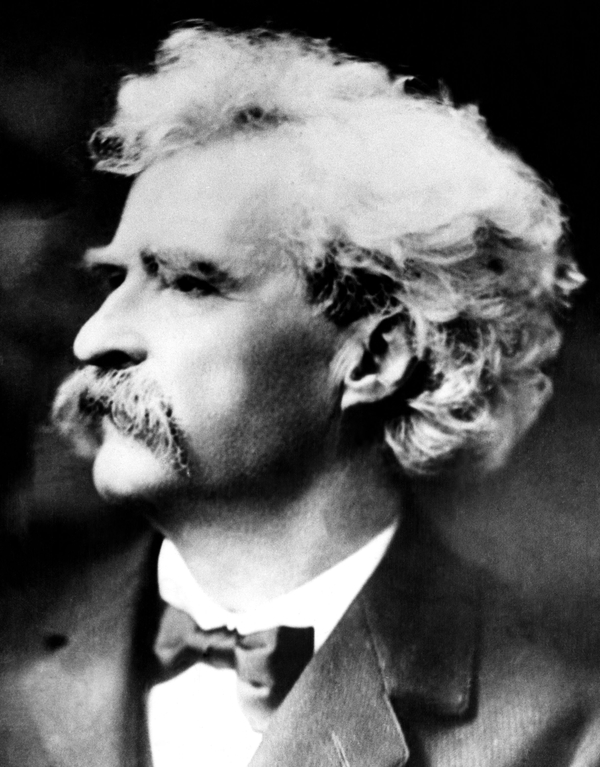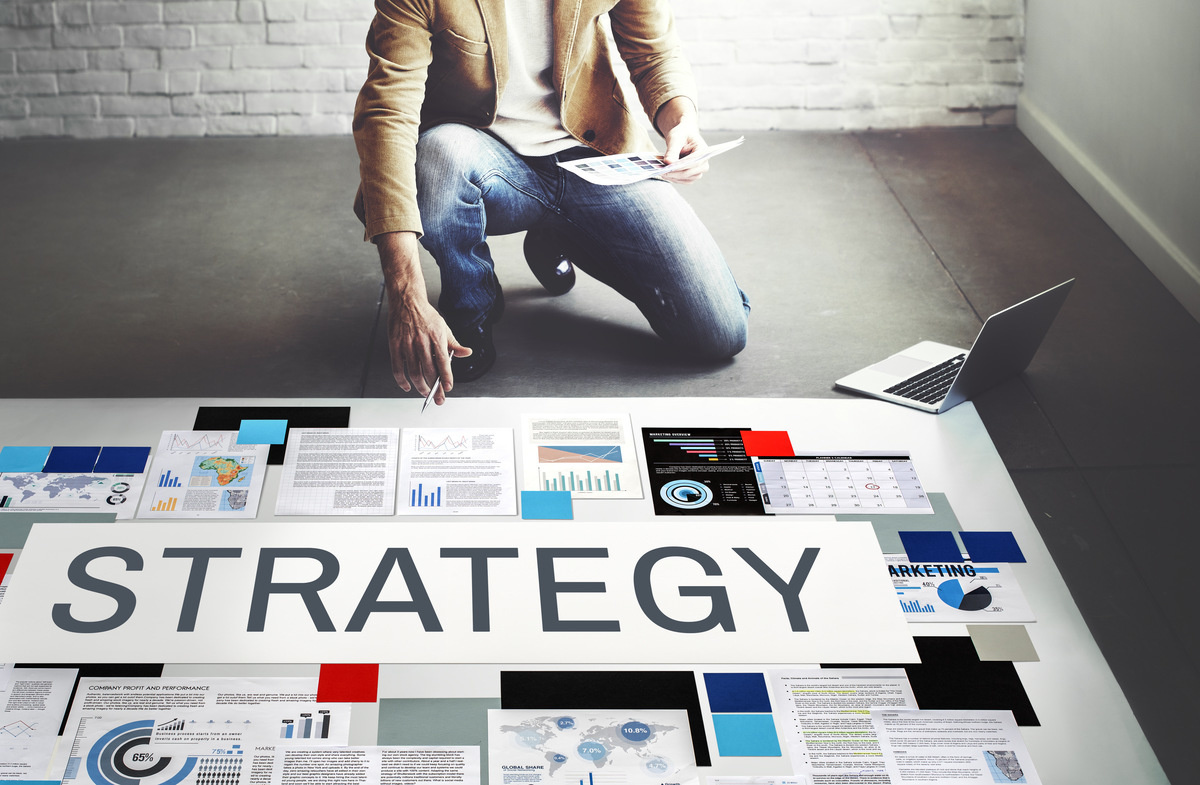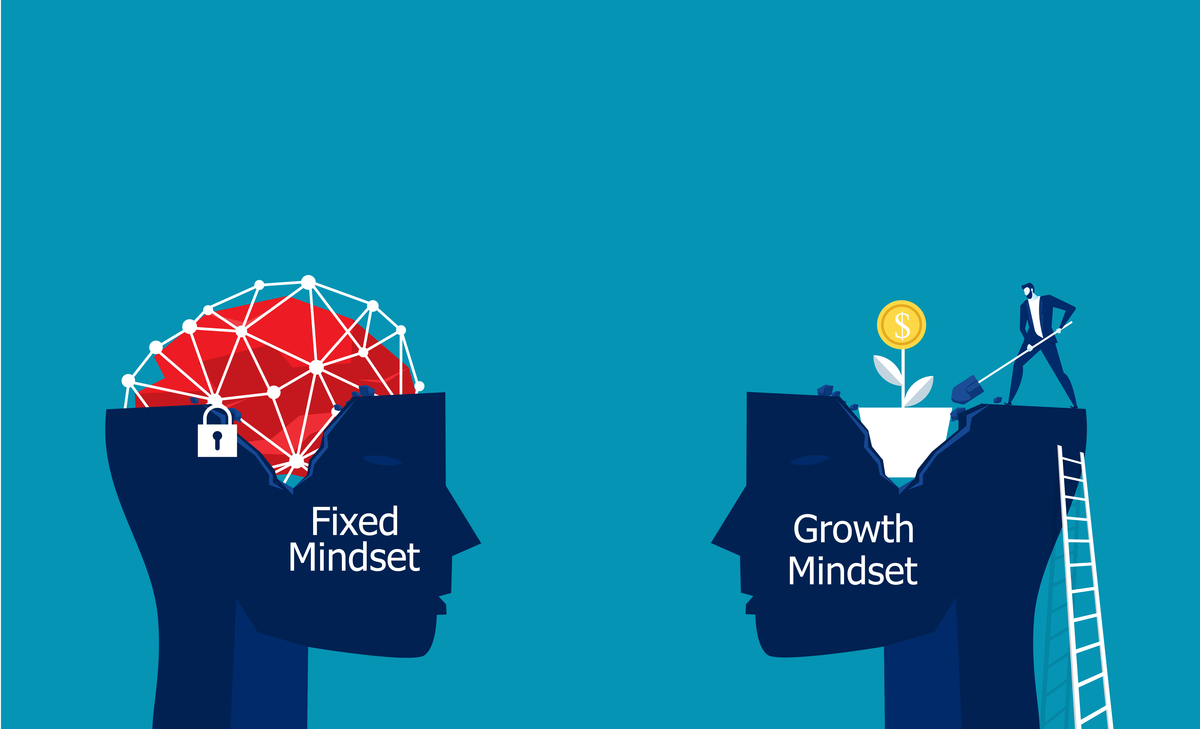
Photo: Shutterstock.
I’d like to share an example of shockingly bad marketing with you today. In fact, you could say this marketing stinks! However, there are 2 powerful marketing lessons to learn from it, which you can apply directly into your business.
Here’s what happened.
I’ve used the same brand of deodorant for years. Recently, my brand wasn’t in stock, so I looked for another brand and noticed for the first time that they all claim to offer 48 hour protection.
Think about that for a moment.
Thankfully, there are very few people who only shower or clean their body every 2 days; whose armpits remain unwashed for 48 hours. And if you’ve ever stood close to someone with such bad hygiene habits, you’ll know these people don’t buy deodorant!
Here’s the thing: The ridiculous 48 hour claim on the packaging has nothing to do with deodorant. It has everything to do with ineffective, uncreative marketing.
Allow me to explain.
Here’s how it happened
The marketing team behind one of the brands decided to use a bigger number on their product (48 instead of 24), to make it look like better value.
The other brands followed suit. So, the number remains, even though it’s now meaningless and totally ineffective. No one needs 48 hour protection and having that number no longer generates additional sales, because they all use it.
As a marketing tactic, it stinks. It fails on every level.
There are 2 useful tips here
Firstly, if you want to make your product or service stand out from the competition, make it meaningfully different. Provide something that adds genuine value. Something your marketplace will get additional utility from.
Secondly, if you want to really stand out and stay in front, get creative. Because the first deodorant brand simply moved the dial from 24 to 48, every competitor could easily follow suit. Any marketing advantage was wiped out super-fast. So, choose something that’s harder for others to copy.
Better still, consistently strive to keep improving the value you bring. It’s hard to beat a business that operates from that mindset.


















